The Inside Story of Iconic Brooklyn Emporium Abraham & Straus at the Dawn of the 20th Century
Growing with the subway, Abraham & Straus employed thousands and offered unique features to draw in customers from all over New York City.

In 1885, the store (then Wechsler & Abraham) advertised itself as ‘the Largest Dry Goods House in the State.’ Image from the collection of Michael J. Lisicky
Editor’s note: The following is an excerpt from Abraham and Straus: It’s Worth a Trip from Anywhere, published in November by The History Press
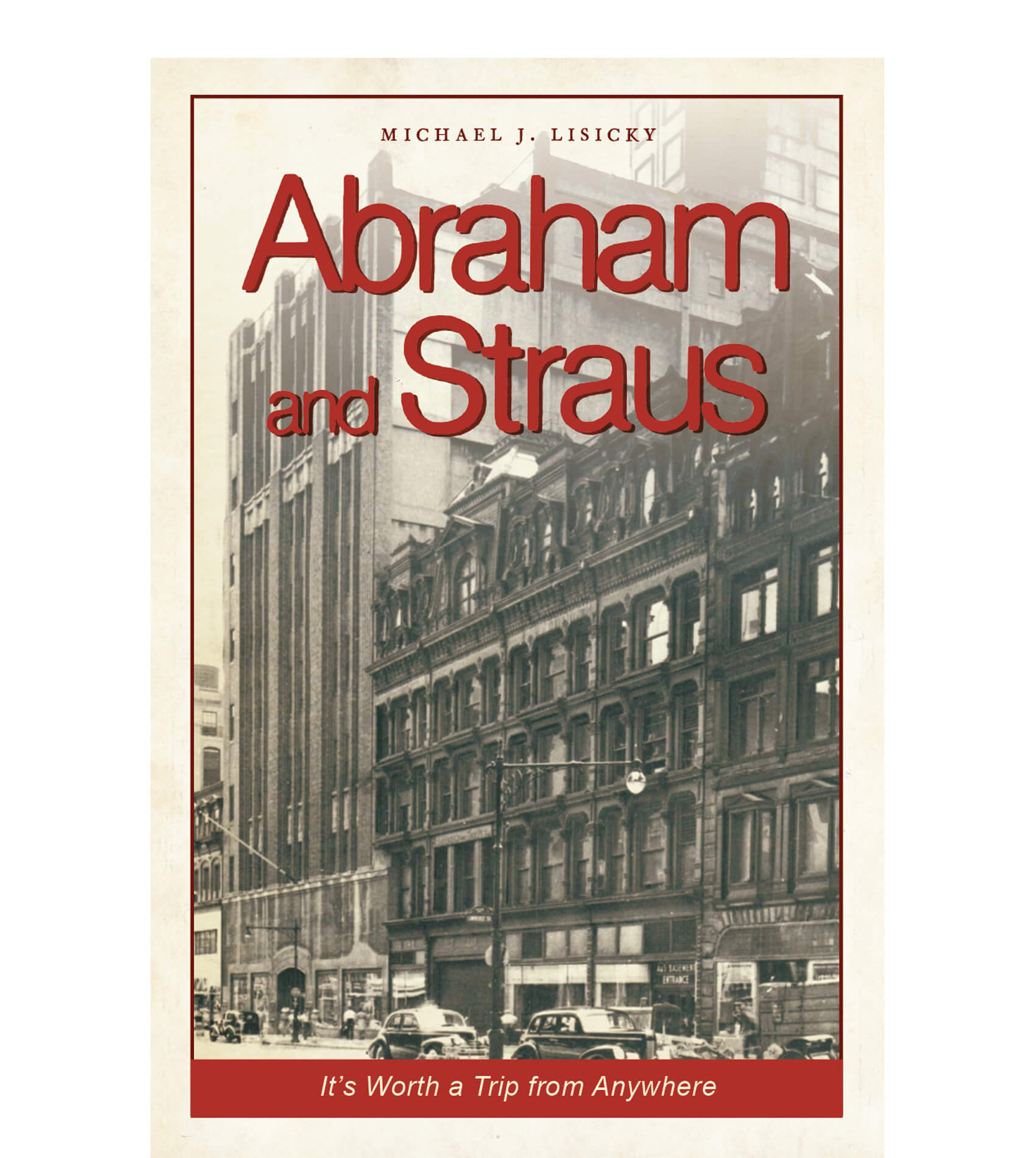
Keeping Up with the Strauses
By the early 1900s, department store competition had intensified throughout New York City. The new R.H. Macy & Company store surpassed Abraham & Straus as New York’s largest store, but Abraham & Straus continued further expansions.
In 1905, Abraham & Straus purchased the ground rights along Livingston Street, from Hoyt Street to Gallatin Street; expanded its basement store; and increased the building by 100,000 square feet.
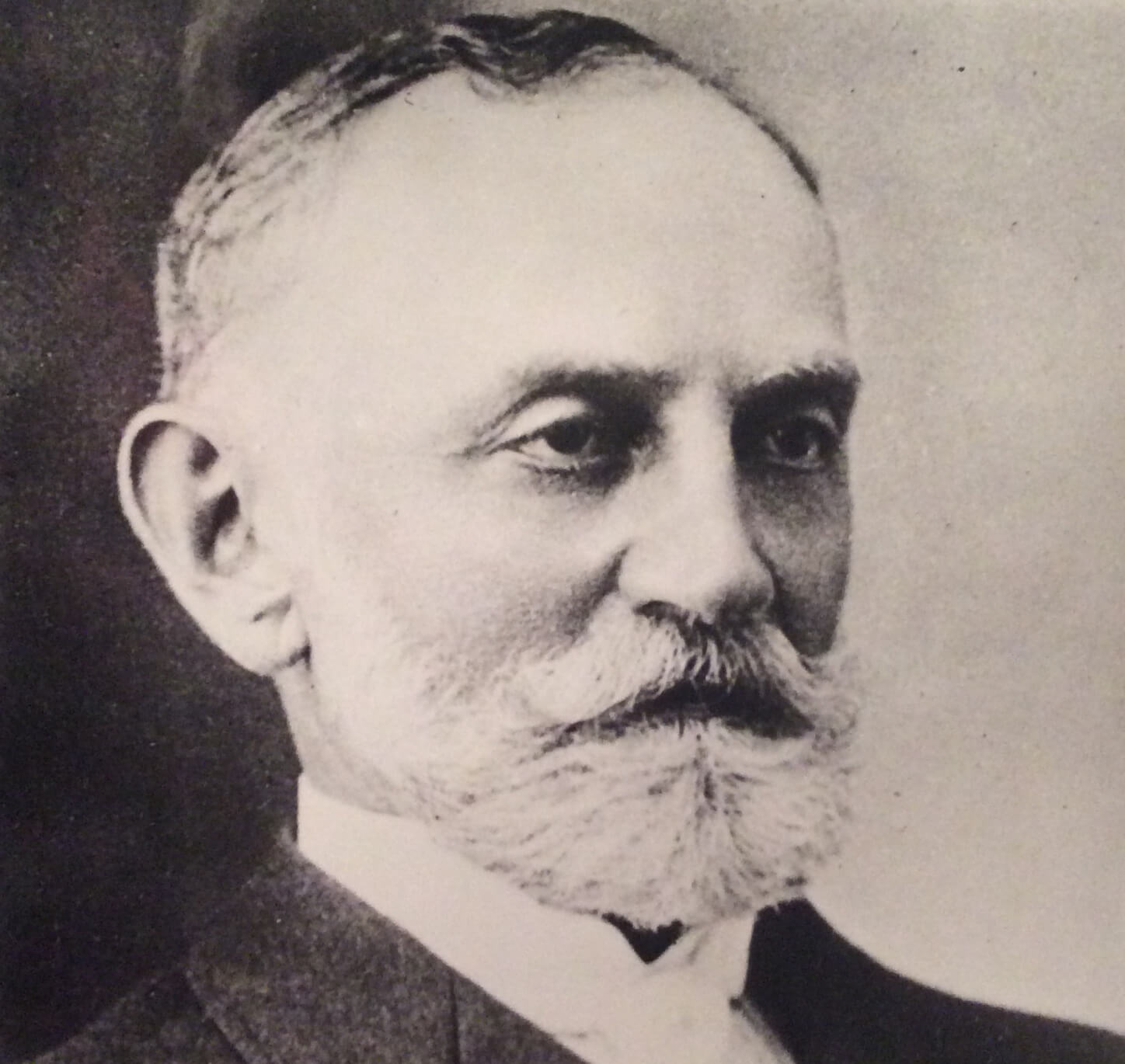
Transportation Shapes the Store
A new Brooklyn subway system inaugurated service on May 4, 1908. The subway provided quick and essential passenger service to Manhattan, Bronx and nearby Long Island towns. Involved in its early discussions, store founder Abraham Abraham urged that the new subway converge in the Fulton Street area and create a Downtown Brooklyn transportation hub.
Abraham & Straus designed an elaborate Hoyt Street subway station that featured a direct entrance into the store’s basement. Large display windows were installed in the Hoyt Street station. Its private subway entrance became the first such private entryway throughout the entire New York subway system.
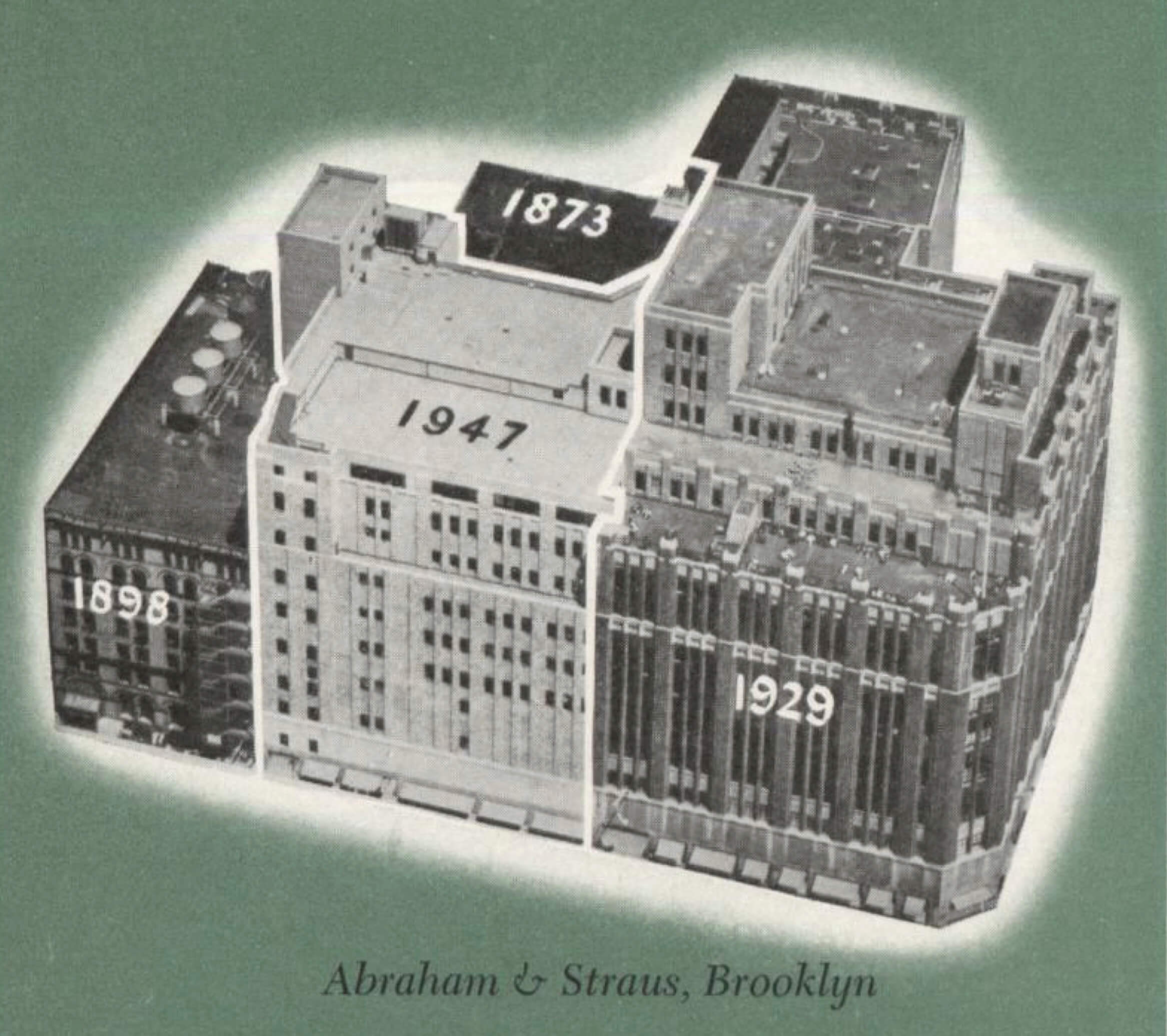
On the subway’s opening day, the Hoyt Street ticket booth, located at the Abraham & Straus basement entrance, sold more than five thousand five-cent tokens. Abraham & Straus reported, “[The subway opening] was a tribute to Brooklyn…crowd[s] came to see Abraham and Straus, and to buy, because of the unmatchable values.…It was gratifying to know that these visitors exclaimed not only over the remarkable values, but over the beauty of the store itself and its subway entrance. Bronx is but a few minutes away now and this is an attractive entrance to Brooklyn, a doorway worthy of the borough destined to be greatest in the city.”
Abraham praised the new subway and its effect on Brooklyn: “Things certainly have changed since I began my business career in Brooklyn — and they have changed for the better in every way. Nevertheless, remarkable as have been the changes in this borough, rapidly as this section of the greater city has increased in population and importance in recent years, I am satisfied that the development has only just begun and the changes in the next 10 years will be even more startling than they have been in the past.”
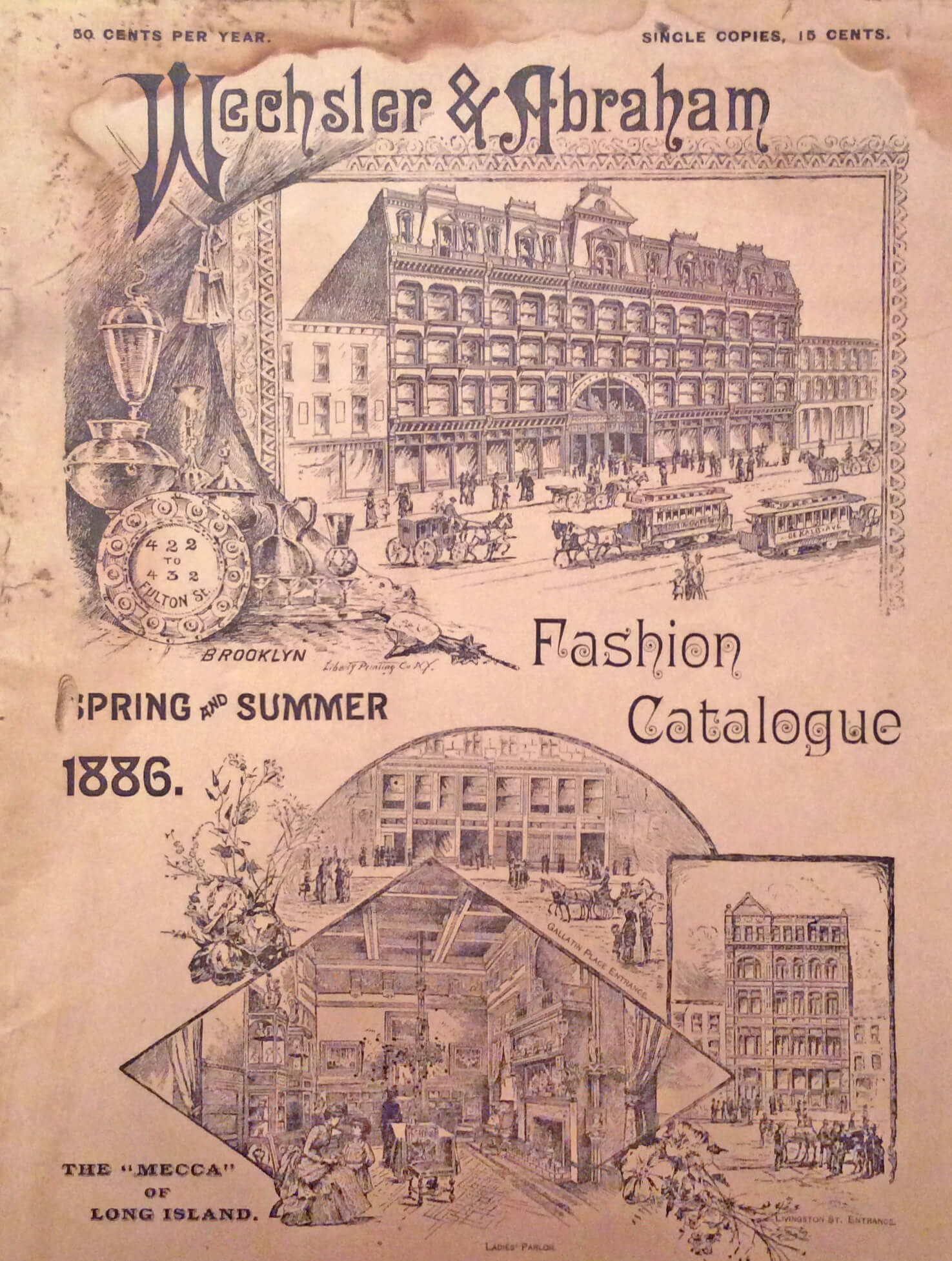
Inside Brooklyn’s Grand Department Store
Throughout the 1910s, Abraham & Straus maintained its stature as the second-largest store in the New York Metropolitan Area. Abraham & Straus employed almost 6,000 workers and housed more than 28 acres of space. The department store offered many unique features for its customers.
A street-level fountain, arranged like a bar with a full-time attendant, offered free drinking water. A complete food department offered essential and gourmet products. Many of the food items were sold under the store’s in-house Priscilla label.
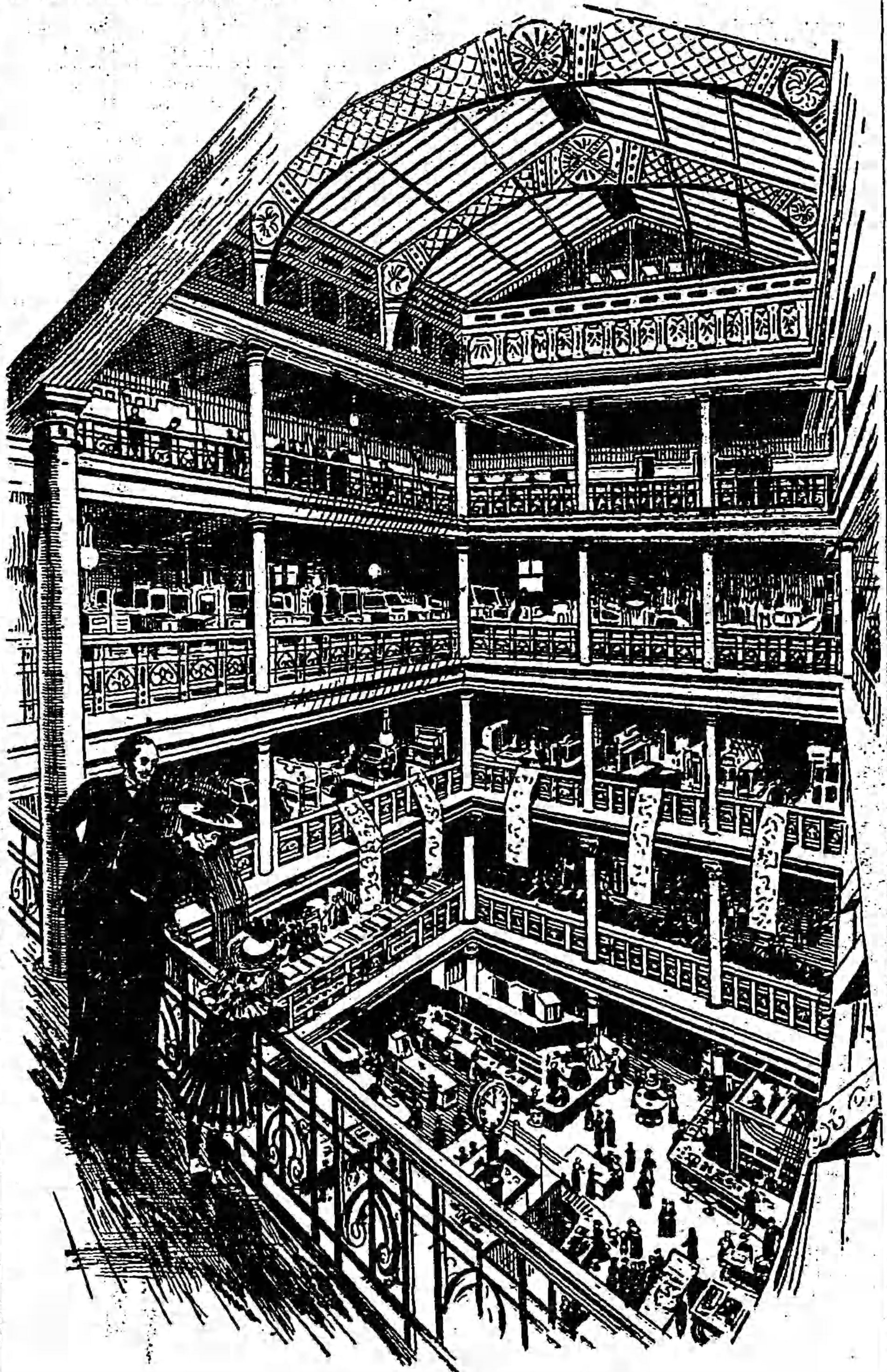
A&S manufactured its own line of candies, drugs and toilet goods and processed its own coffee and tea. Catering to Brooklyn’s ethnic diversity, the department store employed interpreters in 23 different languages, from Gaelic to Hebrew, Dutch, Slavic, Syrian, Armenian and German.
Female employees were encouraged to take special arithmetic, spelling and writing courses taught by Brooklyn public school teachers.
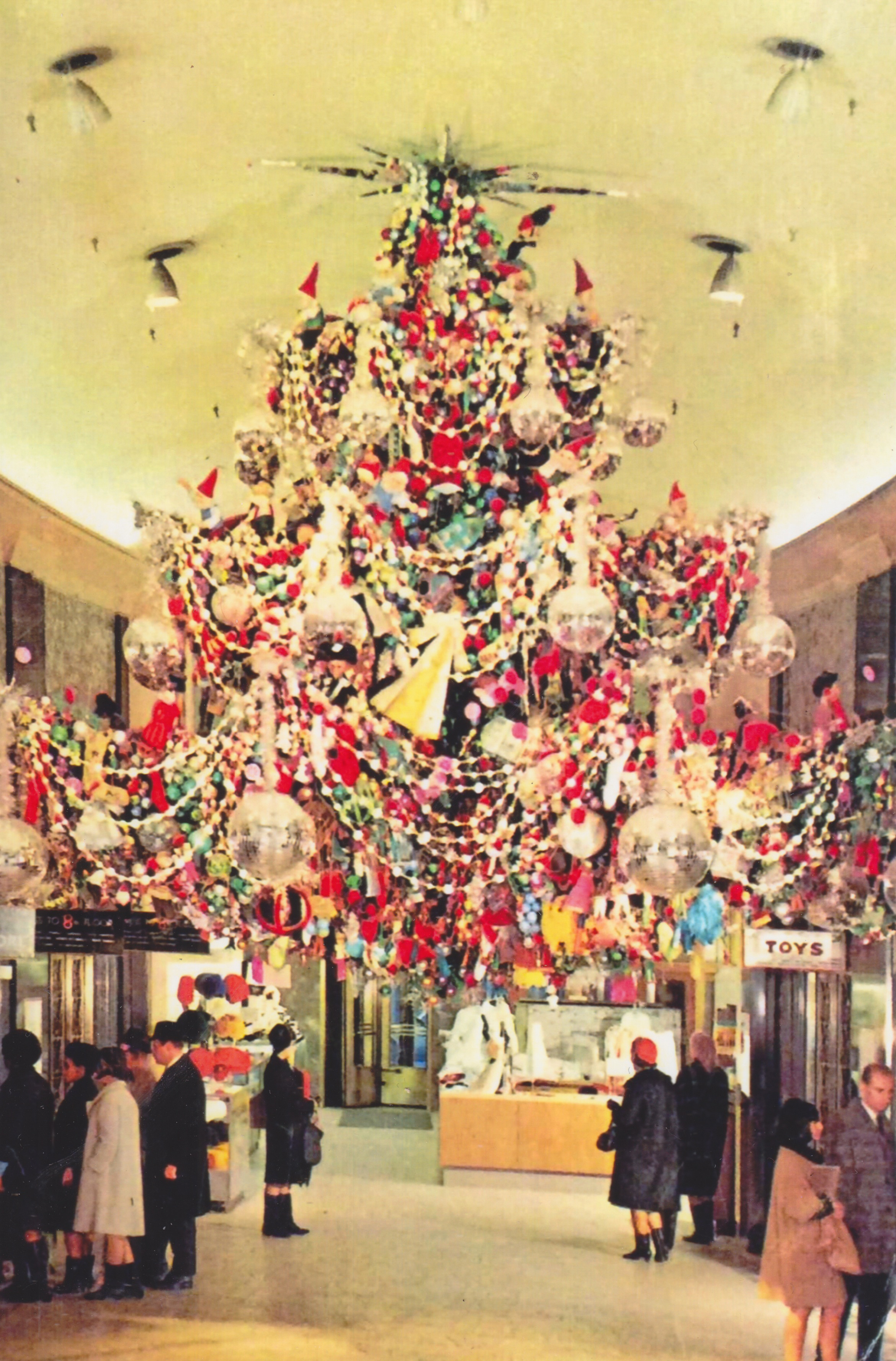
A New York City Destination
Although it was popular in Brooklyn, Abraham & Straus worked hard to convince shoppers to cross the East River and shop at its Fulton Street location. It remained competitive and attracted customers throughout the city, but Abraham & Straus dropped to third place in sales and size among New York City’s department stores.
As competition intensified in Manhattan, Abraham & Straus planned “a building program that would take care of the needs of a city whose development has been so phenomenal as to be almost incredible, whose future possibilities are without limit.”
The Brooklyn department store knew that it had to remain competitive and innovative in order to “continue the traditions of the founders — of integrity, service and progress.”
[Images from the collection of Michael J. Lisicky]
Advertising disclosure: This webpage contains affiliate links from Amazon and other companies. By purchasing through these links we may earn a small commission, however you pay the same price for the item.
Related Stories
- New Book Details Rise and Fall of Iconic Brooklyn Store Abraham & Straus
- Walkabout: Brooklyn’s Abraham & Straus
- Building of the Day: 422 Fulton Street
Email tips@brownstoner.com with further comments, questions or tips. Follow Brownstoner on Twitter and Instagram, and like us on Facebook.




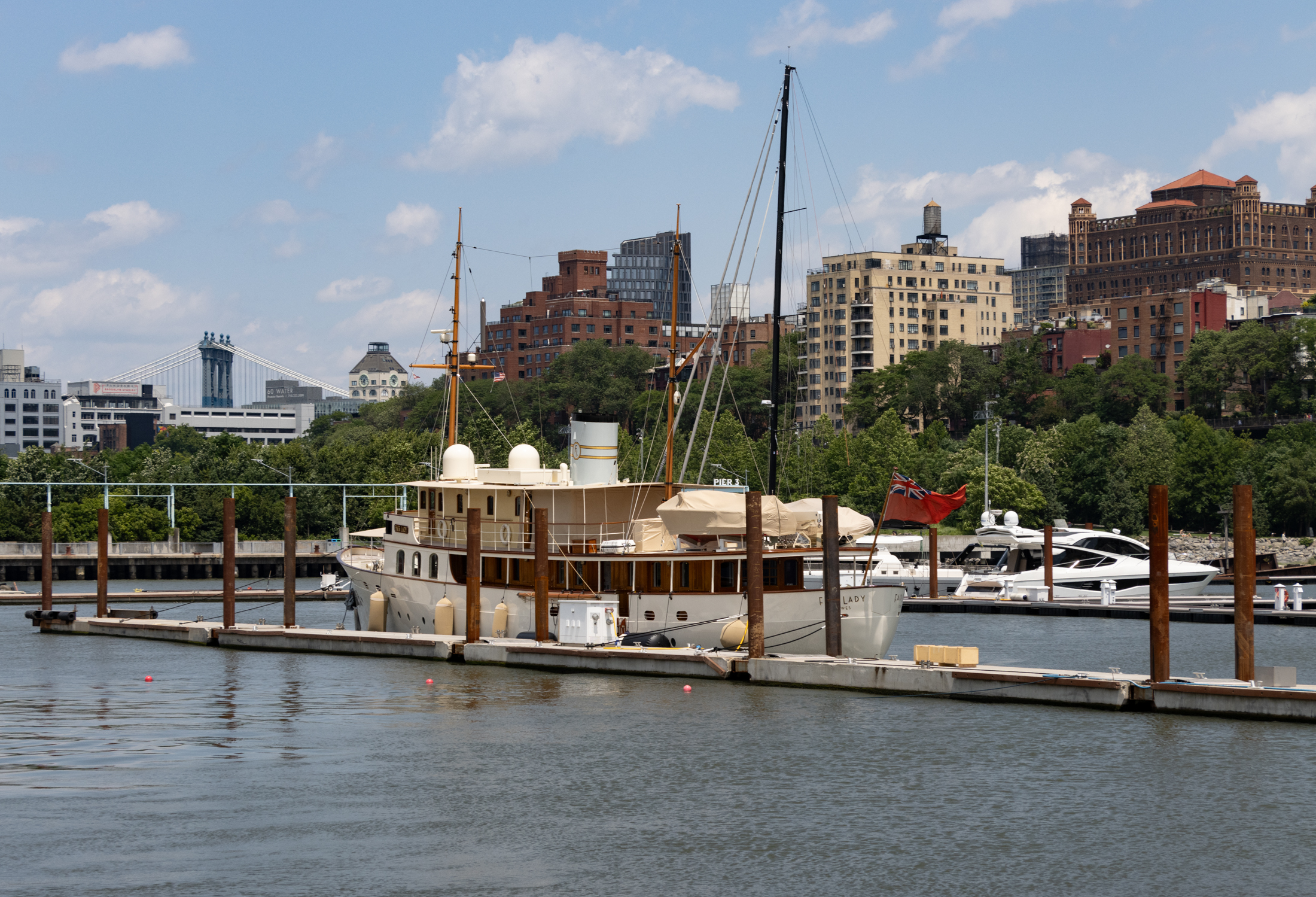
What's Your Take? Leave a Comment